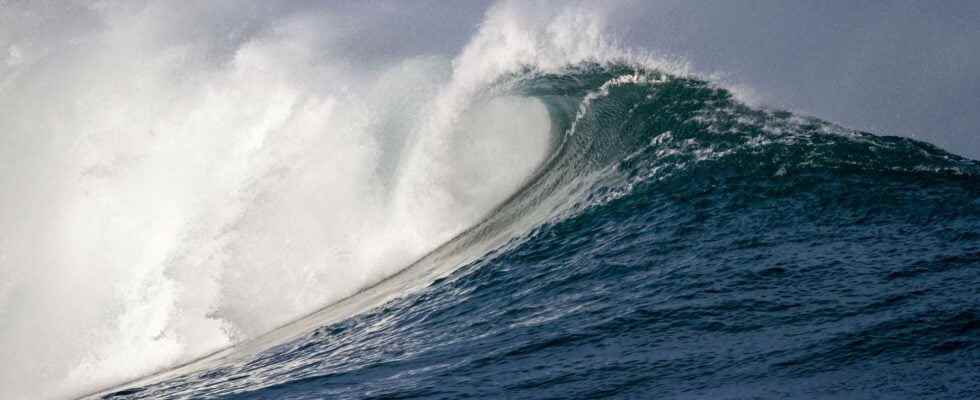The rogue waves are impressive. And the one observed by researchers off Canada in November 2020 may have been even more so than the others. With its nearly 18 meters high, it rose three times higher than all the waves that surrounded it.
You will also be interested
[EN VIDÉO] The Arctic threatened by the waves? A new study warns that global warming could be causing higher waves in the Arctic, endangering the landscape and the coastal communities that live there.
Rogue waves. The first to have described them were sailors. Whose stories we even sometimes had difficulty believing. However, it does happen that waves of absolutely abnormal magnitude form at sea. Imagine a Wall of water that suddenly rises in front of you. A wall of water some 17.6 meters high! This is the number that University of Victoria researchers (Canada) have just confirmed for a rogue wave recorded off Canada in November 2020.
Despite everything, this does not seem like much, compared to the 25.6 meters reached by the very first rogue wave – the rogue wave called Draupner — to have been recorded by scientific instruments in 1995, in the North Sea. But what really makes the remarkable character of this wave which developed on the side of Ucluelet, is that the state of the surrounding sea did not then produce waves of more than 6 meters. Thus the wave in question reached almost three times the size of the waves that surrounded it. That of the North Sea had not exceeded twice.
A highly unlikely event
“It is the most extreme wave ever observed. The probability of such an event occurring is no more than once every 1,300 years.specifies Johannes Gemmrich, researcher, in a press release from MarineLabs at the University of Victoria. And if researchers are now taking a close interest in them, it is because they represent a danger for marine activities even, for terrestrial structures.
Because for now, the cause of these rogue waves remains poorly understood. Undoubtedly a combination of several factors: the wind speed and its direction, the depth of the sea or the characteristics of the seabed. It must be said that few of them have been studied so far. But MarineLabs plans, in the hope of learning more, to add some 70 measurement buoys to its fleet.
Interested in what you just read?
